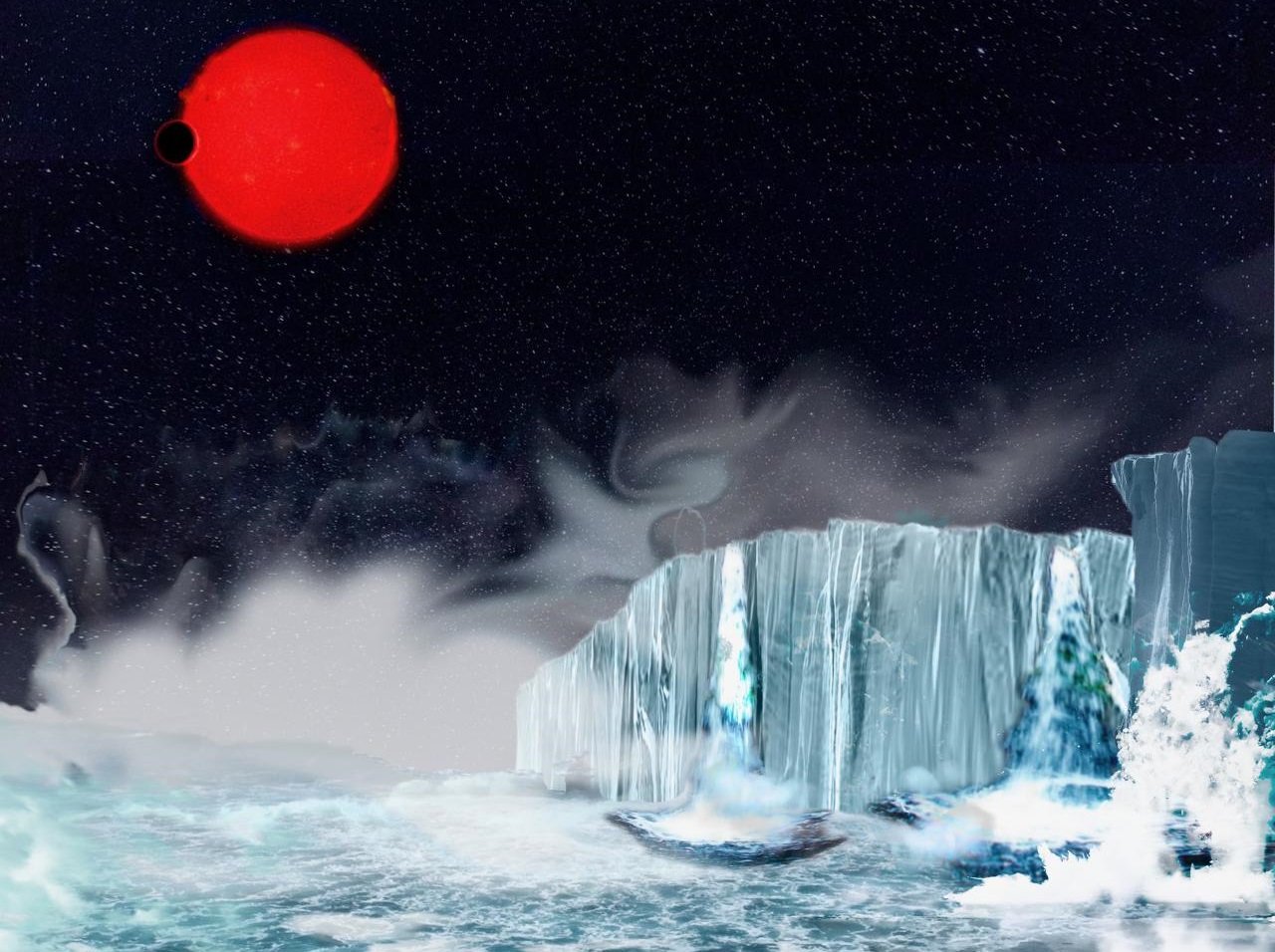On July 12th, 2022, NASA released the first images acquired by the James Webb Space Telescope, which were taken during its first six months of operation. Among its many scientific objectives, Webb will search for smaller, rocky planets that orbit closer to their suns – especially dimmer M-type (red dwarf) stars, the most common in the Universe. This will help astronomers complete the census of exoplanets and gain a better understanding of the types of worlds that exist out there. In particular, astronomers are curious about how many terrestrial planets in our galaxy are actually “water worlds.”
These are rocky planets that are larger than Earth but have a lower density, which suggests that volatiles like water make up a significant amount (up to half) of their mass-fraction. According to a recent study by researchers from the University of Chicago and the Instituto de Astrofísica de Canarias (IAC), water worlds may be just as common as “Earth-like” rocky planets. These findings bolster the case for exoplanets that are similar to icy moons in the Solar System (like Europa) and could have significant implications for future exoplanet studies and the search for life in our Universe.
Continue reading “There Could be as Many Water Worlds as Earths in the Milky Way”


